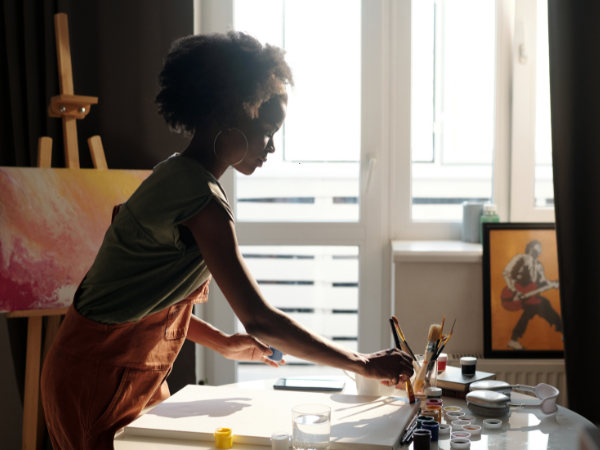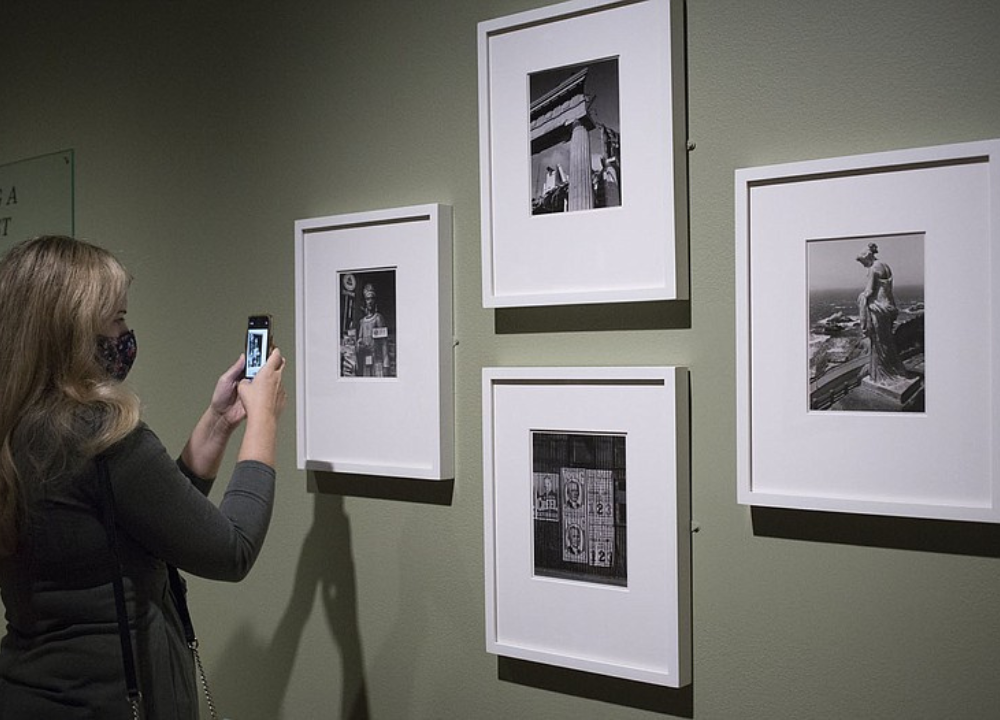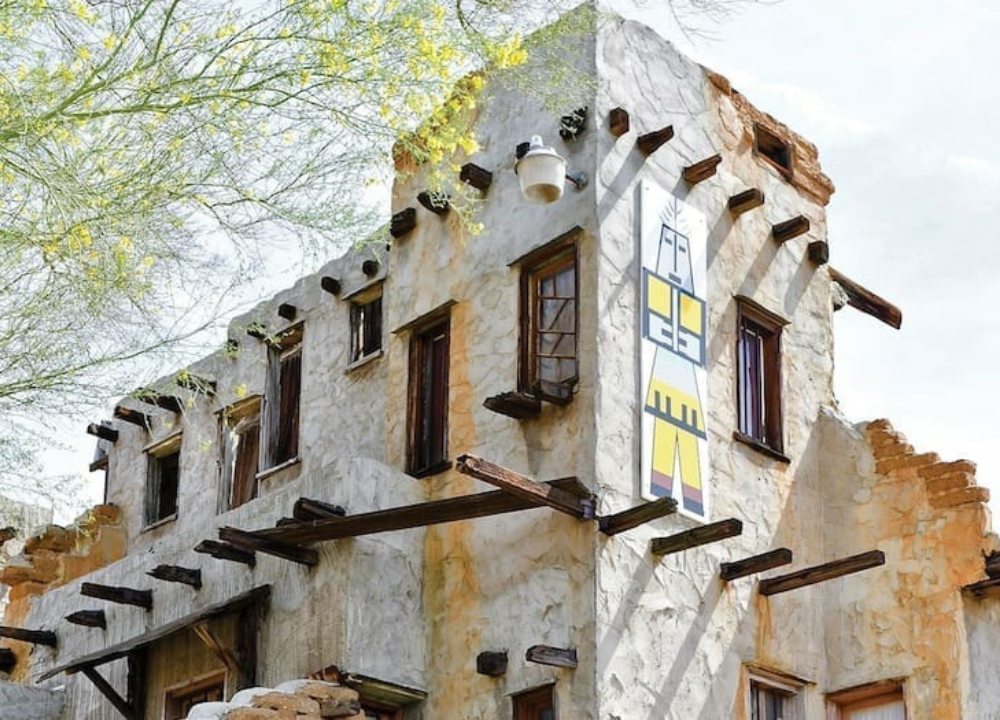Travel has always been more than just movement from one place to another—it is a transformative experience that reshapes how people see the world. For artists, writers, musicians, and creators of all kinds, travel provides fresh perspectives, cultural encounters, and sensory experiences that fuel creativity.
The Connection Between Travel and Creativity
Travel and creativity are deeply intertwined. When artists leave familiar surroundings, they encounter new landscapes, languages, and customs that challenge their perceptions. This disruption of routine often sparks innovation, leading to fresh ideas and artistic breakthroughs.
How Travel Stimulates Creativity:
- Exposure to Diversity – Meeting people from different cultures expands empathy and understanding.
- Sensory Inspiration – New sights, sounds, and flavors awaken the senses.
- Breaking Routine – Stepping outside daily habits encourages experimentation.
- Historical Context – Visiting museums, monuments, and heritage sites connects artists to history.
- Personal Growth – Travel fosters independence and resilience, qualities that enhance creative expression.
By stepping into unfamiliar environments, artists often discover new ways of interpreting the world. This connection between travel and creativity has been documented across centuries, from Renaissance painters to contemporary filmmakers.
Cultural Exchange and Artistic Evolution
One of the most powerful aspects of travel is cultural exchange. When artists engage with traditions different from their own, they absorb influences that reshape their work. This blending of cultures often results in hybrid art forms that transcend borders.
Examples of Cultural Influence:
- Music – Jazz evolved from African rhythms meeting Western instruments.
- Visual Arts – Impressionist painters were influenced by Japanese woodblock prints.
- Literature – Writers like Ernest Hemingway drew inspiration from living abroad.
- Dance – Ballet incorporated folk traditions from multiple countries.
- Fashion – Designers often borrow motifs from indigenous textiles and patterns.
Cultural exchange enriches artistic evolution, creating works that celebrate diversity while reflecting shared human experiences.
Landscapes as Sources of Inspiration
Natural landscapes have long been a muse for artists. From the rolling hills of Tuscany to the deserts of Morocco, geography shapes artistic expression. Travel allows creators to experience these environments firsthand, capturing their essence in paintings, music, or poetry.
Landscapes That Inspire Art:
- Mountains – Symbolize strength, endurance, and spirituality.
- Oceans – Represent mystery, freedom, and emotional depth.
- Forests – Inspire themes of growth, life cycles, and mythology.
- Urban Skylines – Reflect modernity, ambition, and human achievement.
- Deserts – Evoke solitude, resilience, and timelessness.
Artists often translate landscapes into metaphors, using them to express inner emotions or societal commentary. Travel provides direct access to these environments, making inspiration more vivid and authentic.
Historical Journeys of Famous Artists
Throughout history, many renowned artists have embarked on journeys that profoundly influenced their work. These travels were not just leisure—they were quests for inspiration, knowledge, and transformation.
Famous Artistic Journeys:
- Vincent van Gogh – Moved to Arles, France, where the light and colors transformed his style.
- Paul Gauguin – Traveled to Tahiti, incorporating Polynesian culture into his paintings.
- Frida Kahlo & Diego Rivera – Drew inspiration from Mexican landscapes and indigenous traditions.
- Ernest Hemingway – Wrote novels inspired by his time in Spain, Cuba, and France.
- Claude Monet – Painted scenes from his travels across Europe, capturing light and atmosphere.
These journeys highlight how travel can redefine artistic identity, pushing creators beyond their comfort zones into new realms of expression.
Modern Travel and Digital Creativity
In the digital age, travel continues to inspire—but now artists share their experiences instantly through social media, blogs, and online galleries. The rise of digital nomads has created a new generation of creators who blend travel with technology.
Modern Travel Influences:
- Photography – Instagram and online platforms showcase global perspectives.
- Film & Video – Travel vlogs and documentaries capture cultural diversity.
- Music Collaboration – Artists collaborate across continents using digital tools.
- Virtual Exhibitions – Museums and galleries offer online access to global art.
- Hybrid Art Forms – Digital art combines traditional techniques with modern technology.
Travel today is not limited to physical movement—it includes virtual exploration. Digital platforms allow artists to experience and share global creativity in real time.
Challenges and Ethical Considerations
While travel inspires art, it also raises challenges and ethical questions. Artists must navigate issues of cultural appropriation, sustainability, and authenticity.
Key Challenges:
- Cultural Appropriation – Borrowing without respect can distort traditions.
- Environmental Impact – Tourism can harm fragile ecosystems.
- Economic Inequality – Travel may highlight disparities between visitors and locals.
- Authenticity – Artists must balance inspiration with genuine representation.
- Accessibility – Not all artists have equal opportunities to travel.
Responsible travel requires mindfulness. Artists should engage respectfully with cultures, ensuring their work honors rather than exploits traditions.
Travel as Personal Transformation
Beyond external inspiration, travel transforms artists internally. It fosters resilience, empathy, and self-discovery, qualities that enrich creative practice.
Personal Benefits of Travel:
- Confidence – Navigating new environments builds independence.
- Empathy – Exposure to diverse cultures deepens emotional understanding.
- Resilience – Overcoming challenges strengthens character.
- Perspective – Travel shifts worldviews, encouraging broader thinking.
- Mindfulness – Immersion in new settings enhances awareness.
These personal transformations often manifest in art, making works more authentic and emotionally resonant.
The Future of Travel-Inspired Art
Looking ahead, travel-inspired art will continue to evolve. With advances in technology, sustainability, and global connectivity, artists will find new ways to integrate exploration into their work.
Future Trends:
- Virtual Reality Travel – Artists may explore digital landscapes for inspiration.
- Eco-Art – Sustainability will shape creative responses to environmental issues.
- Global Collaboration – Cross-cultural projects will expand through online platforms.
- Hybrid Mediums – Traditional art will merge with digital innovation.
- Inclusive Access – Efforts to democratize travel will broaden artistic participation.
The future promises even greater diversity in travel-inspired art, reflecting both physical journeys and digital explorations.




